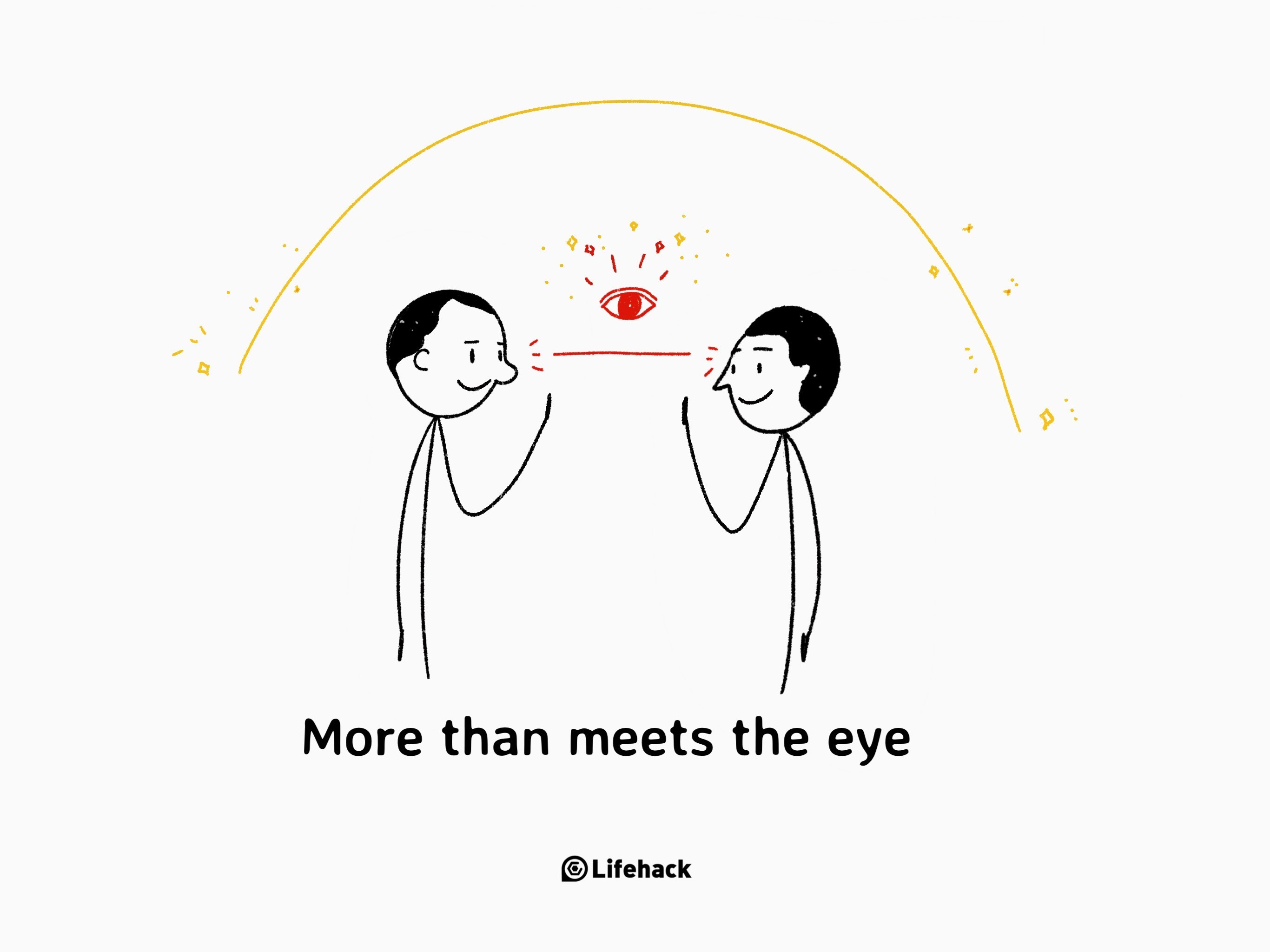Let’s play a game. It’s called How to Get Noticed.
Pretend you are at a crowded party or social gathering and you see a cute guy/girl that you want to talk to–how would you go about getting his/her attention? Do you:
- A. Make a loud noise such as clearing your throat, coughing or sneezing?
- B. Walk straight up to your crush, interrupt the conversation and introduce yourself?
- C. Linger in the background listening to the conversation and then at the perfect moment interject a witty comment or expound on a point made in the conversation showing how intellectual you are?
For most people the method depends on personality and level of intro/extroversion. However, the truth is that all of the approaches listed above won’t let you a smooth interaction and can actually hijack your attempt at connecting with an unknown person.
There is a systematic method for approaching and engaging new people.
Switching your focus will improve your technique
When you think about meeting someone new what initially comes to mind? Are you thinking about what you should say? Are you worried about your breath, your clammy hands or trying not to saying something stupid? While these are natural fears and normal thoughts to have, it’s the wrong perspective and makes new interactions even more awkward than they have to be.
Instead of focusing on yourself, experts believe you should shift your focus to reading the body language and signals of the person you want to engage. Dr. Jack Schafer, author of The Like Switch: An Ex-FBI Agent’s Guide to Influencing, Attracting, and Winning People Over, believes the key to being noticed and befriended rest in reading and responding to cues.
When you walk up to an unknown person and try to engage them, you appear aggressive and you break two of the unspoken “friendship rules“–proximity and intensity. When you suddenly approach someone you don’t know they can feel that you are invading their territory. Furthermore, a sudden approach / or proactive talking can be seen as overly aggressive or too intense. It makes people feel uncomfortable and can lead them dislike and avoid you.
It’s all about the eyes
The first and most important step in making friends is to read signals. Some people are not approachable. It is apparent in their body language, lack of eye contact, folded arms and what Dr. Schafer calls, the “urban scowl.” His friendship model encourages you to look for nonverbal friend cues, including the “big three”: the eyebrow flash, the head tilt, and a genuine smile. Once you’ve determined a person is approachable, there are few things you should do to engage them:
1. Establish eye contact
Attempt to establish eye contact from a distance first. Like the other nonverbal cues, it is a way to get noticed and assess the situation.
To send a friend signal via eye contact, pick out your person of interest and establish eye contact by holding your gaze for no longer than a second. Staring can be perceived as aggressive threatening or just downright creepy.
When the person catches you looking and holds your gaze lock eyes for a second and then look away. If they catch you looking at them and they look uncomfortable, drop your eyes and abort the mission.
2. After making an eye contact, try to extend your gaze slowly.
After you make eye contact with your person of interest, hold your gaze for one second and then slowly turn your head, holding your gaze for another second or two.
The person you are looking at will see your head turning away, and your actions will not be perceived as staring.
3. Use stolen glances to articulate your interest
If they catch you looking and don’t appear put off by your glance, then continue giving stolen glances to ensure that they know that you are intentionally looking at them and that the eye contact was inadvertent.
4. Slowly build the intensity
Now that you’ve gotten the individual’s attention and clearly expressed your interest with your eyes, check to see if he/she is sneaking glances at you. If so, and you are fairly certain that the person is interested, it’s time to turn up the heat a little.
For the next few minutes, avoid eye contact. And wait for them to initiate eye contact for a while–but don’t return their gaze. This creates a bit of tension and intrigue as it makes the person wonder why you aren’t engaging in with them anymore. If done correctly, this subtle teasing builds intrigue and interest.
4. Making your move
Now that you’re certain that your interest is reciprocated it’s time to raise the stakes again.
Look him/her directly in the eyes and give them a little smile. If your smile is returned and the body language appears open–then you’re in and can slowly approach them and engage in small, non-aggressive chit chat
If he or she doesn’t return your smile or looks away quickly, they may be shy and need a little more time to warm up or you may have misread the interaction. If that is the case–cut your losses and move on.
Capturing the attention of a crush can be an awkward and unpleasant experience but it needn’t be. Using tricks and wild antics to gain attention will get you noticed but not in the manner you would like. Remember to take your time and shift your focus to the other person not on what you are going to say or how you should approach him or her. Establish meaningful eye contact, build intensity and then either approach slowly once you are sure your interest is appreciated and reciprocated.
Featured photo credit: Finda via finda.photo

















































